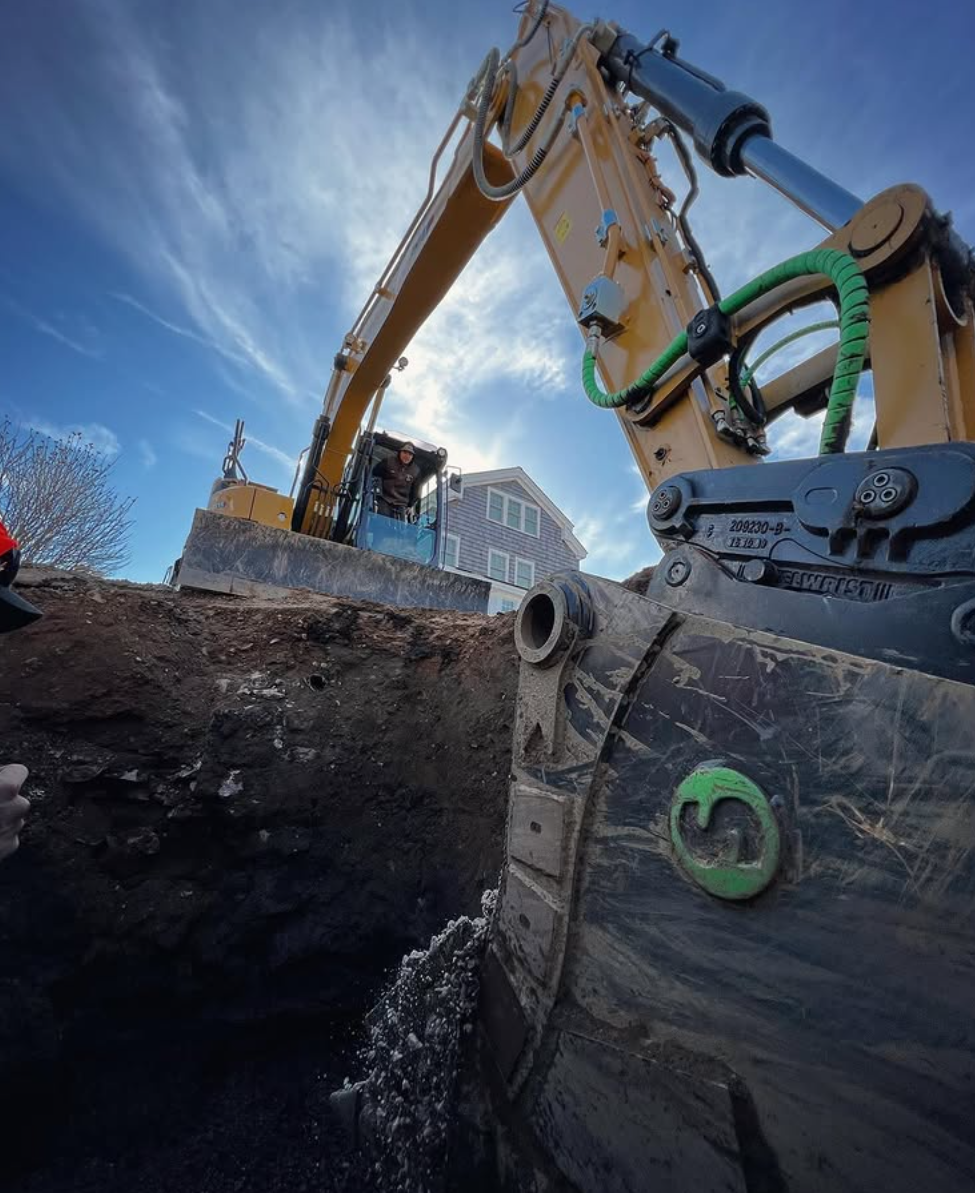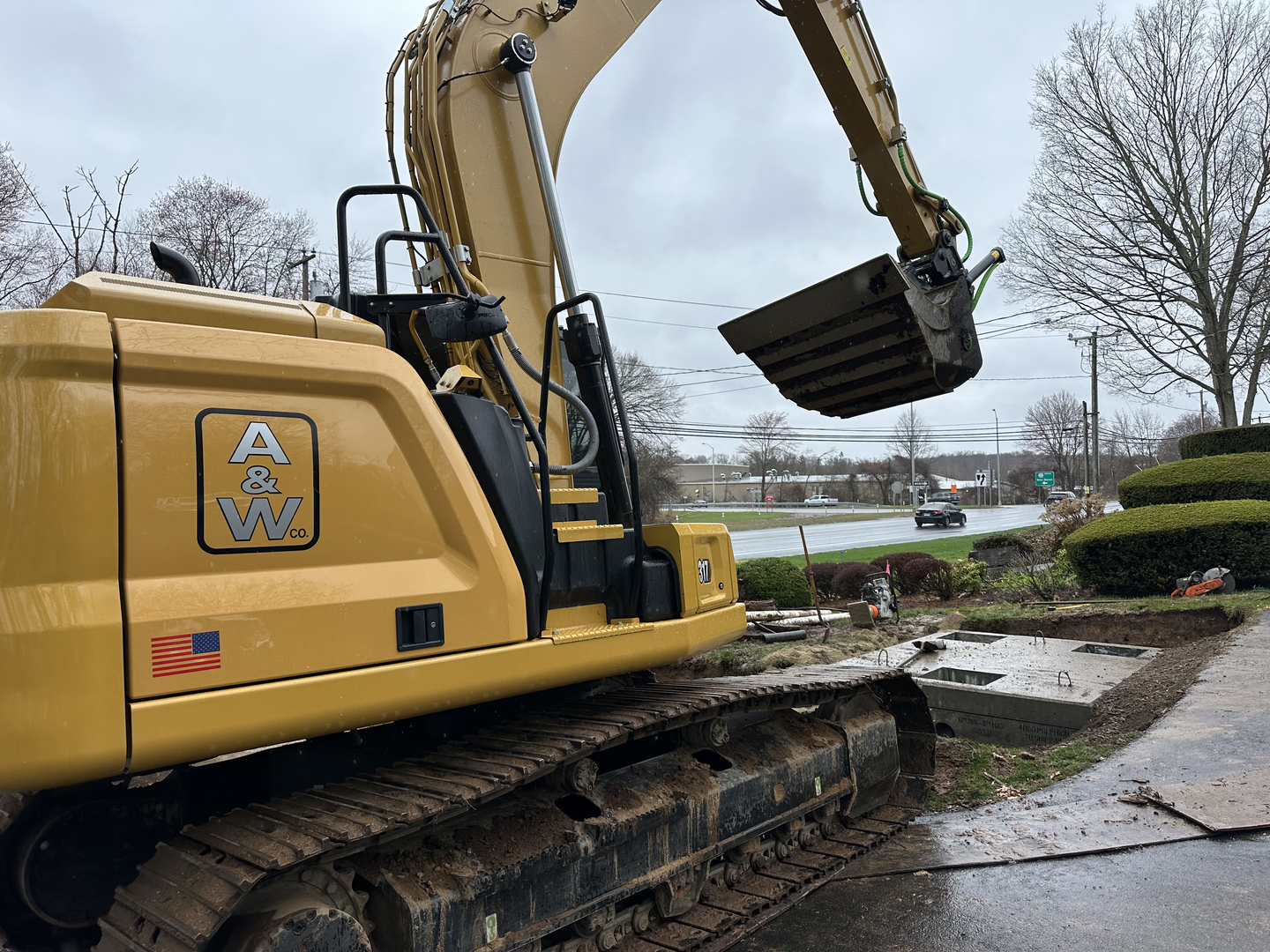If you own a home in Connecticut, dealing with an aging septic system can feel overwhelming. You may notice slow drains, surface pooling near your tank or drain‑field, or foul odors around your property. In this post, we’ll explain when it’s prudent to replace a septic system, why timing matters, and how our team at A&W Sanitation and Excavation helps homeowners make informed decisions.
We’ll cover key signs of aging, seasonal advantages, budgeting considerations, and a practical action plan.
Why timing matters when replacing a septic system
Replacing a septic system is one of the larger investments a homeowner can make. In Connecticut, installing a new or replacement system typically falls in the $5,000 to $30,000 range depending on soil, size and site conditions. Neighbor Joe Buys Houses+1
If you wait until failure occurs (for example, effluent surfacing or complete backup), you’ll face higher costs, possible home damage, and increased disruption.
Furthermore, the regulatory environment matters: the Connecticut Department of Public Health imposes design and permitting requirements for subsurface sewage disposal systems. CT.gov+2CT.gov+2
By planning ahead, you gain flexibility in scheduling, better site conditions (before frozen ground or wet spring soils), and typically lower disruption to your daily life and property.
Recognizing when your septic system is aging
Here are some indicators that replacement may be appropriate:
- Your system is 20 + years old and has required frequent repairs or pumping. According to some industry data, typical septic tanks last about 20‑30 years before needing replacement. Angi+1
- You consistently have signs of system stress: slow drainage, backups, persistently wet or lush spots in lawn over the leach area, or foul smells. Connecticut Valley Septic Services
- You’re planning a major home renovation, addition of bedrooms, or increased occupancy—these changes increase load on the system and may trigger code compliance updates.
- The soil or site conditions around your leach field have changed (e.g., tree roots encroaching, compaction from heavy equipment, erosion or high groundwater) which can accelerate failure.
It’s wise to consult with a qualified installer early to evaluate your system and explore whether repair or full replacement is best. In many cases, replacement is the more cost‑effective long‑term path.
Seasonal considerations for scheduling replacement
Here are practical seasonal tips specific to Connecticut that help determine the best timing for replacement of an aging septic system:
- Late spring to early summer is often ideal. The ground is thawed, dry weather facilitates excavation and drainage, and you avoid frozen ground or heavy snow melt issues.
- Late summer into early fall also works, especially before heavy rains or storm season. You’ll have stable site conditions and the new system can settle before winter.
- Winter installations are possible but more challenging — frozen ground, snow cover, and logistical complications can increase cost and risk.
- Avoid trying to replace during peak wet seasons (late‑winter thaw or heavy spring rains) when the soil may be saturated and site work more difficult.
By choosing a time when site conditions are optimal, you minimise risk, reduce job duration, and potentially save on unexpected costs.
Benefits of proactive replacement versus waiting
When we at A&W Sanitation and Excavation help homeowners plan for replacement, here are the positive outcomes we’ve seen:
- Reduced risk of emergency backups or failures in the house.
- Better cost predictability and opportunity to schedule during off‑peak contractor time.
- Ability to coordinate the excavation, replacement, and landscaping restoration smoothly.
- Potential to take advantage of quieter seasons and better access for heavy equipment.
- Increased value and appeal of the home (especially if you sell in the future) — a well‐documented new system is a selling point.
FAQ Section
Q1: How long can a well‑maintained septic system last in Connecticut?
A: With proper maintenance, a conventional septic system can last 20‑30 years or more before full replacement is needed. Some homeowners report 40 years with good care. City-Data+1
Q2: What happens if I wait too long and my septic system fails?
A: You’re at risk of serious consequences: sewage backups in the house, effluent surfacing in the yard, environmental contamination, and higher costs. When the leach field fails, the whole system may need replacement, which is far costlier than proactive planning.
Q3: Will it cost less to replace in winter than in summer?
A: It depends on the site. While contractor availability might be better in off‑peak times, frozen ground, snow cover, and wet conditions can make excavation harder and increase cost. Late spring/early summer or early fall are typically more practical in Connecticut.
Q4: Can I repair only part of the system instead of replacing the whole thing?
A: Yes — if the issue is isolated (e.g., a damaged pipe, outlet filter, or small drain field section) you may choose a repair. But if the system is very old, heavily used, or the leach field has failed, full replacement may be the more cost‑effective long‑term solution. Consulting with a licensed professional is the right first step.
Q5: Is landscaping or tree planting near the septic field a concern?
A: Absolutely. Tree roots, heavy equipment traffic, and runoff can damage the leach field and shorten the life of your system. Protect the drain field from driveways or heavy vehicles and divert roof/sump pump runoff away from the area. CT.gov




